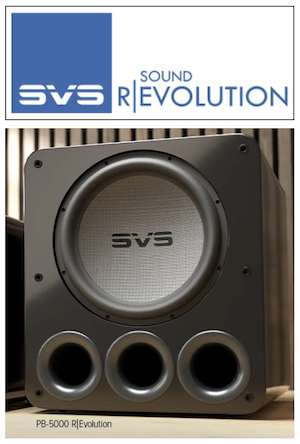(February 12, 2021) Recently, an AV NIRVANA member privately reached out to us with a simple request: help spread the word. Following a few clicks and some quick reading, we saw an immediate need to amplify a strong and respected voice in the AV world... that being the voice of Audioholics founder Gene DellaSala. DellaSala has shed light on an important consumer protection in audio that outlines standards manufacturers must follow when reporting published power ratings. There's a possibility this protection could lapse and not be renewed.
Every ten years, the Federal Trade Commission (FTC) reviews a standing rule called "FTC Trade Regulation Rule Relating to Power Output Claims for Amplifiers Utilized in Home Entertainment Products." This "Amplifier Rule" is currently open for consideration and comments by enthusiasts and US citizens, just like you and me. As DellaSala strongly states: "Ideally, we would like to see the Amplifier Rule not only maintained but actively enforced and possibly improved upon for the modern age."
Audioholics has published an informative article about the history of the Amplifier Rule, with suggestions of how the rule can be improved. You can read that article here. If you'd like your voice heard, please follow this link to regulations.gov and click "comment now" on the upper right portion of the website. Comments can be left until February 16, 2021, so time is certainly of the essence.
Many thanks to Gene for bringing this important issue to the forefront. He's been a consistent vocal advocate for honest amp ratings, and is the perfect person to lead the charge for a sensible, consumer-friendly solution. If you choose to let the government hear your voice, leave a comment below and encourage other enthusiasts to do the same.











